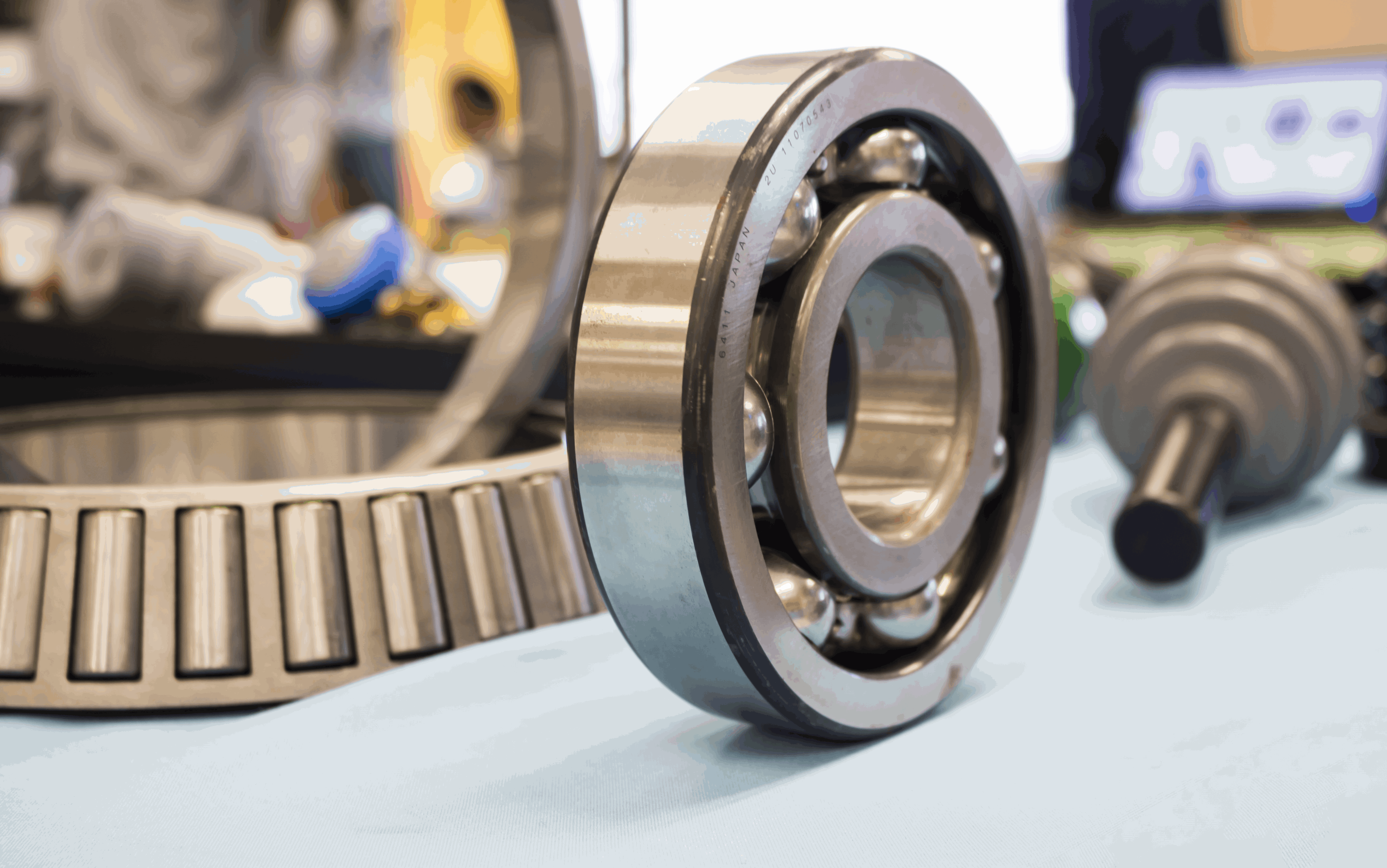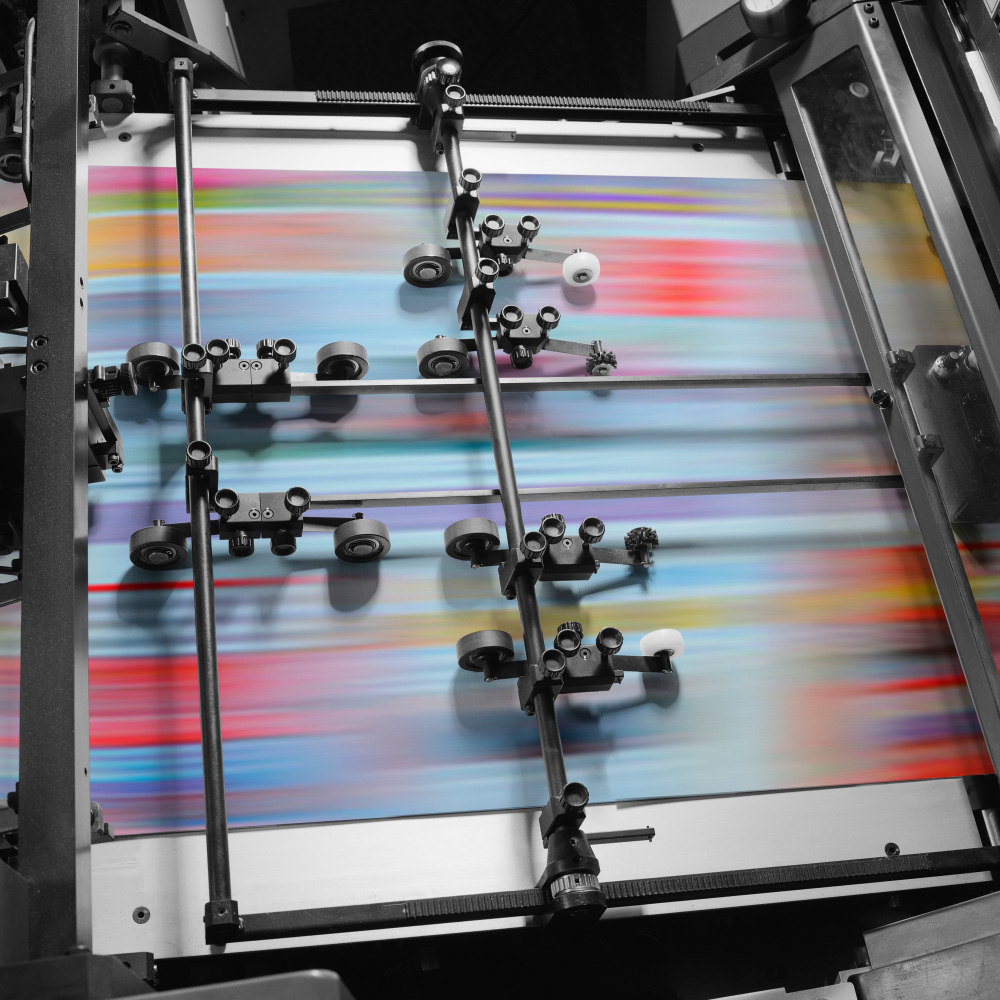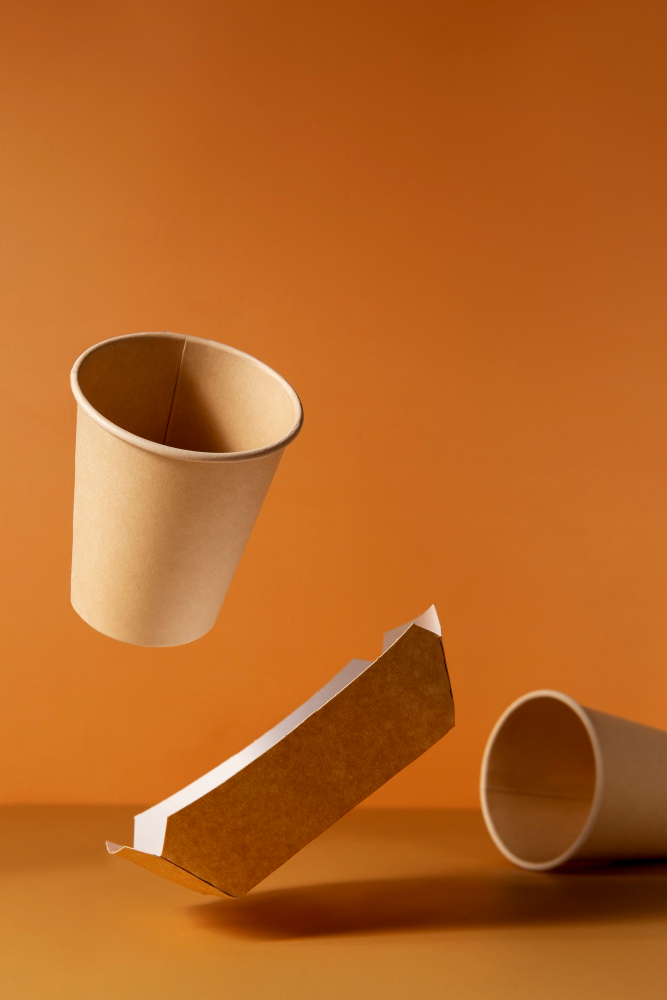How are paper napkins produced?
How are paper napkins produced?

Paper napkins are typically made from cellulose fibers and undergo several stages before reaching their final form. Below is an overview of the paper napkin production process:
- Raw Material Procurement
- Cellulose Fibers: Paper napkins are usually made from cellulose fibers obtained from trees. These fibers form the main raw material in paper production.
- Pulp Production
- Processing the Fibers: Cellulose fibers are processed using chemical or mechanical methods to create pulp. Water and chemicals are used to separate the fibers during this stage.
- Forming Paper Pulp: The processed fibers are mixed with water to form a pulp suitable for paper making.
- Paper Formation
- Paper Machine: The paper pulp is spread into a thin layer using a paper machine. The pulp is distributed over a moving wire screen where most of the water is removed.
- Drying: The paper layer passes through heated cylinders in the machine to dry. This step improves the strength and durability of the paper.
- Cutting and Folding
- Cutting: The dried paper is cut to the desired size using automatic cutting machines.
- Folding: The cut napkins are folded into a specific format to enhance ease of use.
- Printing (Optional)
- Printing Process: If logos or patterns are to be printed on the napkins, this process is carried out at this stage, typically using water-based inks.
- Quality Control
- Inspection: The produced napkins go through quality control checks. Parameters like size, weight, and print quality are evaluated.
- Packing
- Packing: Napkins that pass quality control are grouped and packaged. Automatic packaging machines are used in this process.
- Storage and Shipping
- Storage: The packaged napkins are moved to storage and prepared for dispatch according to orders.
The production of paper napkins includes stages such as pulp preparation, paper formation, cutting, folding, printing, quality control, and packing. Each stage plays a critical role in the final quality and functionality of the napkins. Therefore, using high-quality raw materials and applying the correct production techniques are essential.









































